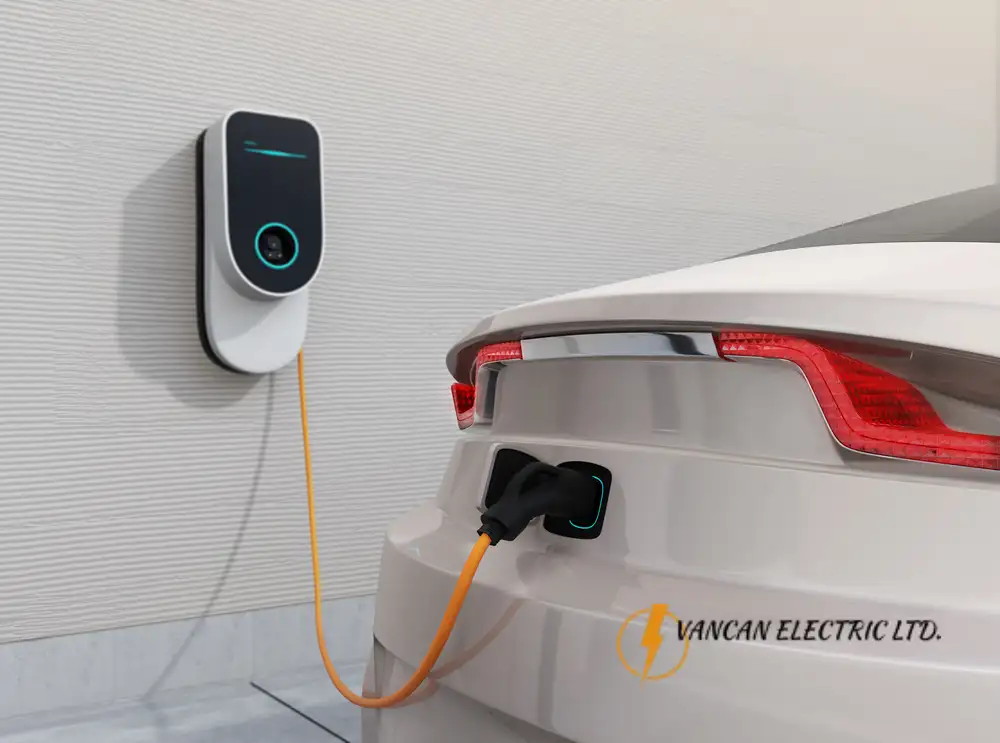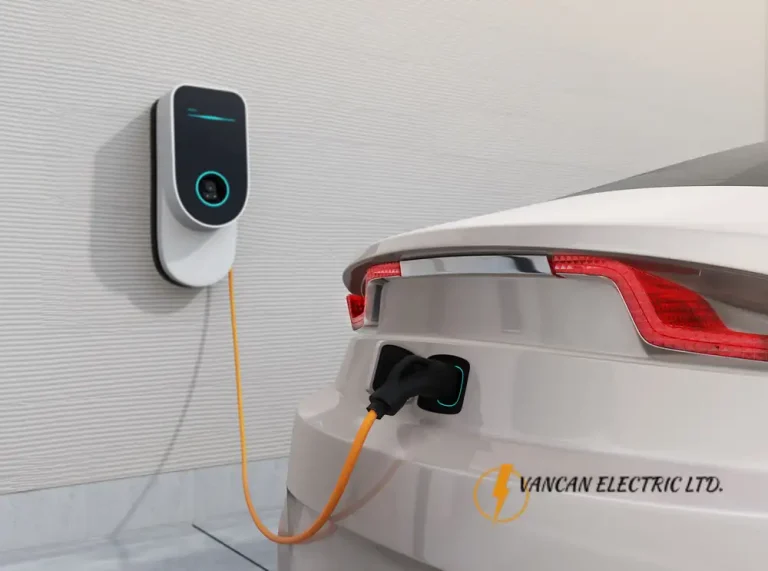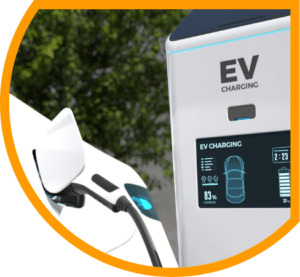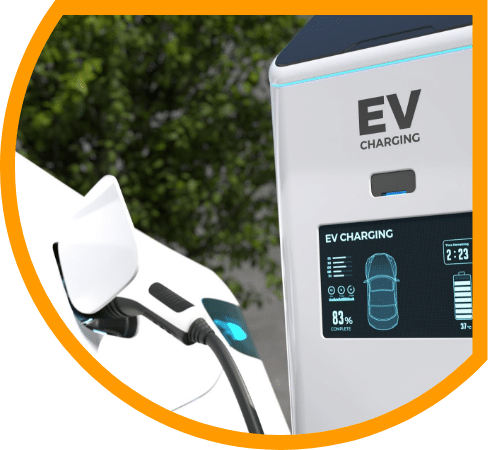Electric vehicles (EVs) are becoming increasingly popular as more people recognize their environmental and economic benefits. With advancements in technology and a growing network of charging stations, owning an EV has never been more feasible. However, for many prospective EV owners, the question of installing a home charging station can be a daunting one. In this comprehensive guide from Vancan that has the best electrical services in Langley and Surrey, we’ll cover everything you need to know about installing an EV charger at home, from the basics to the specifics.
Understanding The Basics Of EV Charging
Before diving into the installation process, it’s essential to have a basic understanding of how EV charging works. There are three primary levels of EV charging:
Level 1 Charging
Level 1 charging utilizes a standard 120-volt AC household outlet. While convenient for topping up your EV’s battery slowly, it’s the slowest method of charging and typically adds about 2-5 miles of range per hour of charging.
Level 2 Charging
Level 2 charging requires a 240-volt AC charging station, similar to what powers large appliances like electric dryers or ovens. This level of charging is significantly faster than Level 1, providing around 10-60 miles of range per hour, depending on the EV and the charger’s power output.
Level 3 Charging (DC Fast Charging)
Level 3 charging, also known as DC fast charging, is the quickest method, capable of providing an 80% charge in as little as 20–30 minutes. These chargers use high-powered DC electricity and are typically found at public charging stations along highways and major routes.
Factors To Consider Before Installation
Several factors should be considered before installing an EV charger at home to ensure a smooth and efficient process:
Electrical Capacity
Assess your home’s electrical capacity to determine if it can support the additional load of an EV charger. This may require upgrading your electrical panel or circuitry to accommodate the charger’s power requirements.
Location
Choose an appropriate location for the charger installation, considering factors such as proximity to your EV parking spot, accessibility, and weather protection.
Permitting and Regulations
Check local building codes and regulations regarding EV charger installations. You may need to obtain permits or adhere to specific guidelines set forth by your municipality.
Types Of Home EV Chargers
When it comes to home EV chargers, there are two main types to consider:
Plug-in Chargers
Plug-in chargers are portable units that can be easily plugged into a standard electrical outlet. While convenient, they typically offer slower charging speeds compared to hardwired chargers.
Hardwired Chargers
Hardwired chargers are permanently installed and directly wired into your home’s electrical system. They offer faster charging speeds and a more seamless integration with your home, but require professional installation.
EV Home Charger Installation Process
While the installation process may vary depending on the type of charger and your home’s electrical setup, here is a general overview of what to expect:
1. Consultation and Planning
Start by consulting with a qualified electrician to assess your home’s electrical capacity and determine the most suitable charging solution.
2. Permitting and Approval
Obtain any necessary permits and approvals from local authorities before proceeding with the installation.
3. Electrical Upgrades (if necessary)
If your home’s electrical system requires upgrades to support the EV charger, schedule these upgrades with a licensed electrician.
4. Charger Mounting
Mount the charger in the chosen location, ensuring it is securely attached to the wall or mounting surface.
5. Wiring and Connection
Wire the charger to your home’s electrical system according to manufacturer instructions and local building codes.
6. Testing and Activation
Test the charger to ensure proper functionality and safety compliance before activating it for regular use.
Cost Considerations
The cost of installing an EV charger at home can vary depending on several factors, including:
- The type and brand of charger
- Electrical upgrades required
- Permitting fees
- Installation labor costs
While upfront costs may seem significant, it’s essential to consider the long-term savings on fuel and maintenance associated with EV ownership.
Sum Up
Installing an EV charger at home can provide the convenience and peace of mind of always having a fully charged vehicle ready to go. By understanding the basics of EV charging, considering important factors before installation, and following the proper procedures, you can enjoy the benefits of EV ownership with confidence. Remember to consult with qualified professionals electricians and adhere to local regulations throughout the installation process to ensure a safe and successful outcome.







